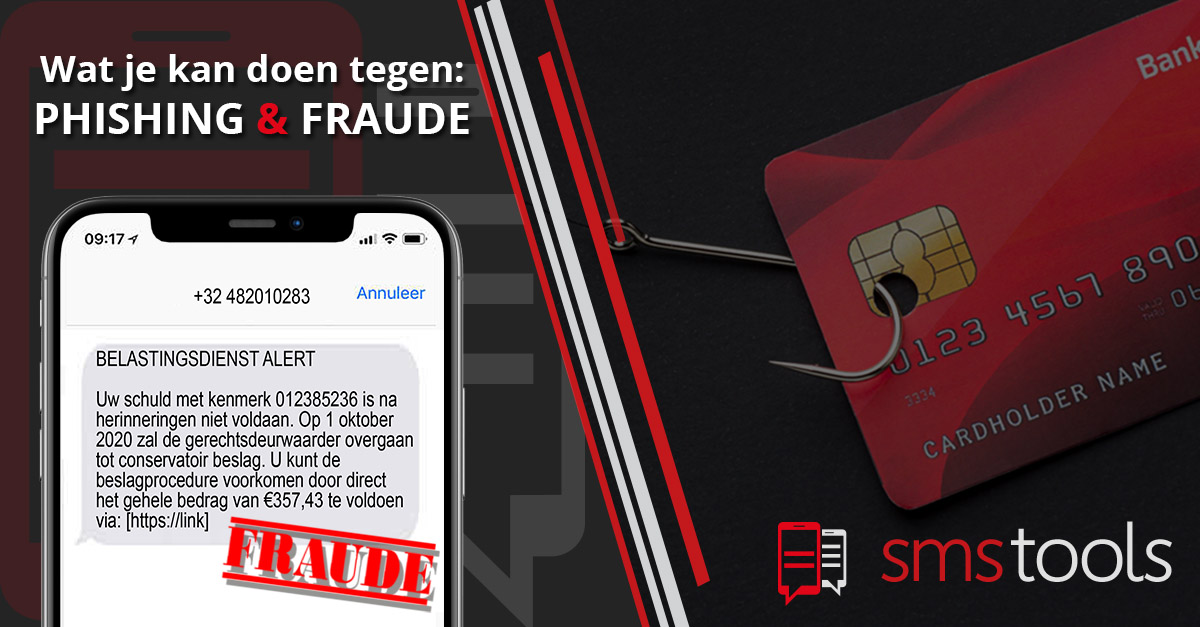What are phishing and fraud?
Fake emails and text messages are used to collect personal information and take advantage of it. This can lead to financial loss, loss of identity, and other serious negative consequences. Phishing is used to steal personal information such as credit card numbers, passwords, or other personal or financial information. The recipient is tricked into opening the message, which can be received as a text message or email. This usually contains an infected URL that will lead to the disclosure of personal information.
How do you identify fraud and phishing?
There are several things you can do to protect yourself. Phishing emails and text messages can look like they come from a company you know or trust: a bank/credit card company, a social networking site, or an online store. Phishing emails and text messages often tell a story to trick you into clicking a link or opening an attachment.
Examples:
- Saying that they have noticed suspicious activity or login attempts
- Claiming that there is a problem with your account or payment details
- Say you need to confirm some personal information
- Attach a fake invoice
- Clicking on a link to make a payment
- Saying you're eligible to register for a government refund
- What can you do to prevent fraud and phishing?
As a business
- Always use the same number or shortcode. This creates trust. The recipient knows who the sender i.
- Communicate the brand name or company name clearly. Always provide a uniform sender for each message
- Allow recipients to contact you for help or questions
- If you communicate a URL, make sure it includes your company name and looks confidential
- Make sure your message is error-free. Gross spelling or language errors come across as malicious
- Please don't force the recipient to take action but ask for it. If in doubt, allow them the option of contacting you
As a private person
- Don't rush to click on a link or do anything immediately.
- Look at the domain name, not just the sender, and look for a mismatch
- Look at the email structure itself - sometimes it is poorly written (machine translation)
- Look for suspicious attachments - this is where 90% of attacks happen
- Check the grammar of the message and look for an implied sense of urgency
- Sensitive data is usually not sent by SMS or email by trusted service providers
- Do you receive the message unexpectedly? Make sure you can relate the text message or email to a particular purchase or context
Do you want to help your customers avoid phishing and create trust? Then get in touch with Smstools!
REGISTER

How do you prevent phishing and fraud via text messaging?


